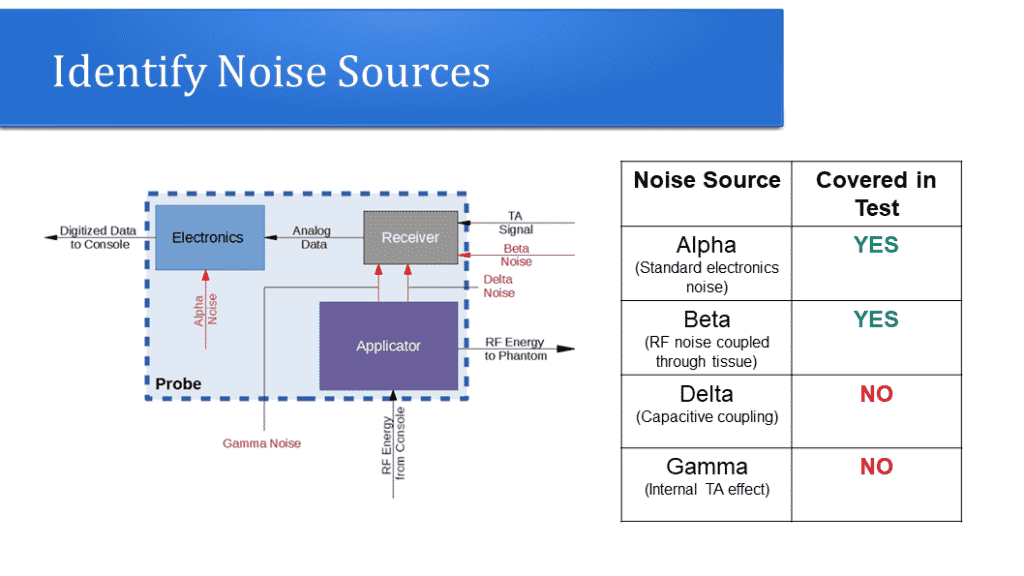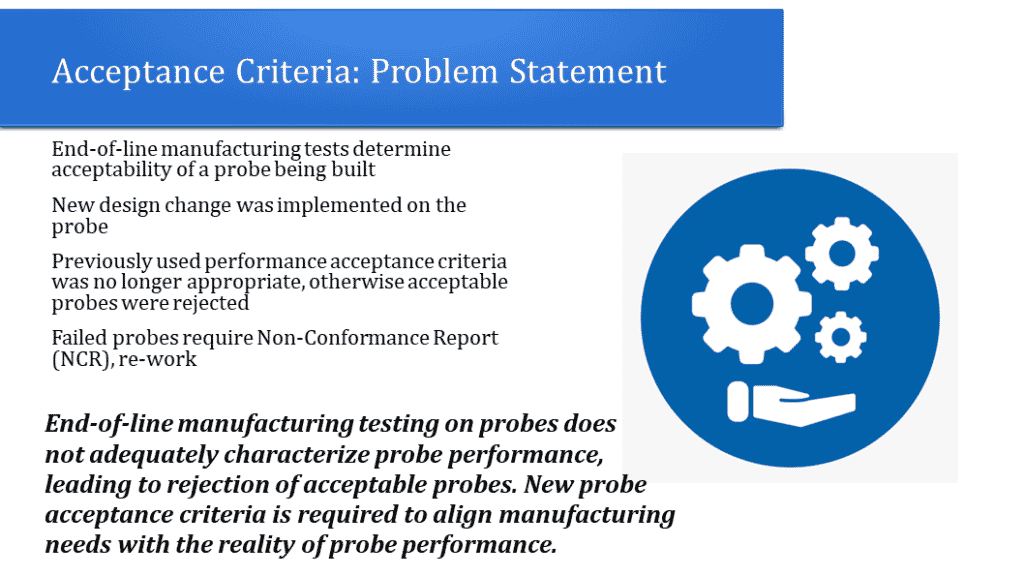More and more employers are using technical presentations in their interview process to better understand a candidate’s unique professional background and skills. We’ve created this article to help you prepare an engineering presentation and hope this framework helps!
Selecting a Topic
As you think about what to share in your presentation, first consider how your skillset transfers to this company’s product line. Have you worked with a comparable instrument? Tackled an issue like the one an interviewer mentioned in the past?
Reflect on previous interviews with the company for clues. Were there particular products from your background the interviewers focused on? What skillsets were they asking you about?
It is also appropriate to ask the hiring manager if he or she would like to hear from you about a particular topic.
Hands tied by an NDA?
Many companies require employees to sign NDA to protect IP from their competitors. If you cannot share specific details or drawing samples due to an NDA, you can utilize public domain images (Google results, pictures from the company website) and speak to your experience at a higher level.
You can also share a project from school or a personal hobby. For example, a hiring manager was impressed by a candidate’s after-market modifications to his mountain bike, including the fabrication of a custom jig using tools in his garage.
Start Off with Introductions
This stage of the interview is not an entirely technical assessment. It is an opportunity for the prospective employer to learn who you are as a teammate and evaluate your soft skills.
Help establish rapport with the team by devoting a minute or two to introduce yourself. Share a few personal facts such as where you went to school, hobbies, and interests.
Organizing Your Presentation
Your presentation should mimic the narrative flow of a story. This can be summarized in three steps: setting, conflict, and resolution.
In this case, conflict represents a challenge in the product development cycle. While it may be tempting to focus on successes from the project, it is critical to show how you handle adversity – whether it’s a budget constraint, aggressive deadline, or daunting product specification.
Keep in mind as you are preparing your presentation that this may be a cross-functional audience. You should be prepared to explain some concepts in ways that those outside of your specialization can comprehend. You want to fully engage the entire panel!
General Framework
- Setting: To start, share more context about the product you developed. What was the intended application or target customer? What was your role and responsibilities in the project?
- Visual aids of the product – such as CAD drawings, schematics, or marketing images – are a helpful tool to provide better insight into your projects. A picture is worth a thousand words which helps economize your presentation time.
- Conflict: Next, share at least one challenge this product presented to the team in any phase of development. This can range from component failures to environmental challenges in the field.
- Be sure to include the proposed solutions to these challenges. Did this involve a design change? A revision of the acceptance criteria for testing? Detail how you planned to approach these changes.
Here is a sample of how one of our engineering candidates presented a conflict in his technical presentation:
(Image Credit: SoloPoint Solutions)
- Resolution: Explain how your solutions addressed the challenges of the project. What was the result of the attempted solutions?
- Take time in this area to reflect on what you learned and how you would mitigate similar challenges in the future. This section is a valuable takeaway for the team to see how you adapt based on previous experiences.
Be Prepared for Questions
The goal of your presentation is to initiate dialogue with the team. These questions will help to expand on your experiences and demonstrate your communication style within a team.
Always allocate at least 10 minutes of your presentation time for a Q&A session.
Don’t forget to share a copy of your presentation
We recommend emailing a copy of your presentation to the interviewers the evening before your interview. This is helpful in case of any technical issues bringing up your presentation during an on-site or virtual interview.
A digital copy of your presentation is useful to the interview panel as they consider your candidacy after the presentation is over. Several different candidate presentations can span over a week or two, having your presentation on file refreshes the conversation about you.
Looking for More Help?
We understand navigating the job market and each company’s unique interview process can be daunting. Our team specializes in helping engineers connect with prospective companies and providing guidance throughout the interview process.
Whether you just started your search or are simply curious about the types of roles available to you, please reach out today:


